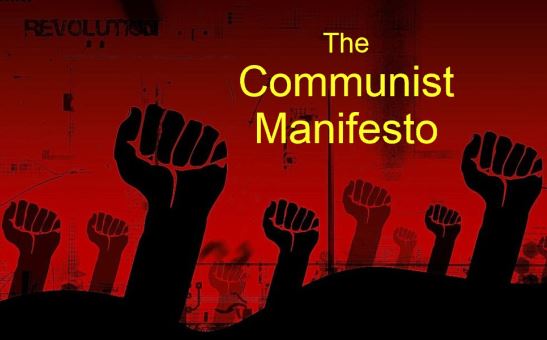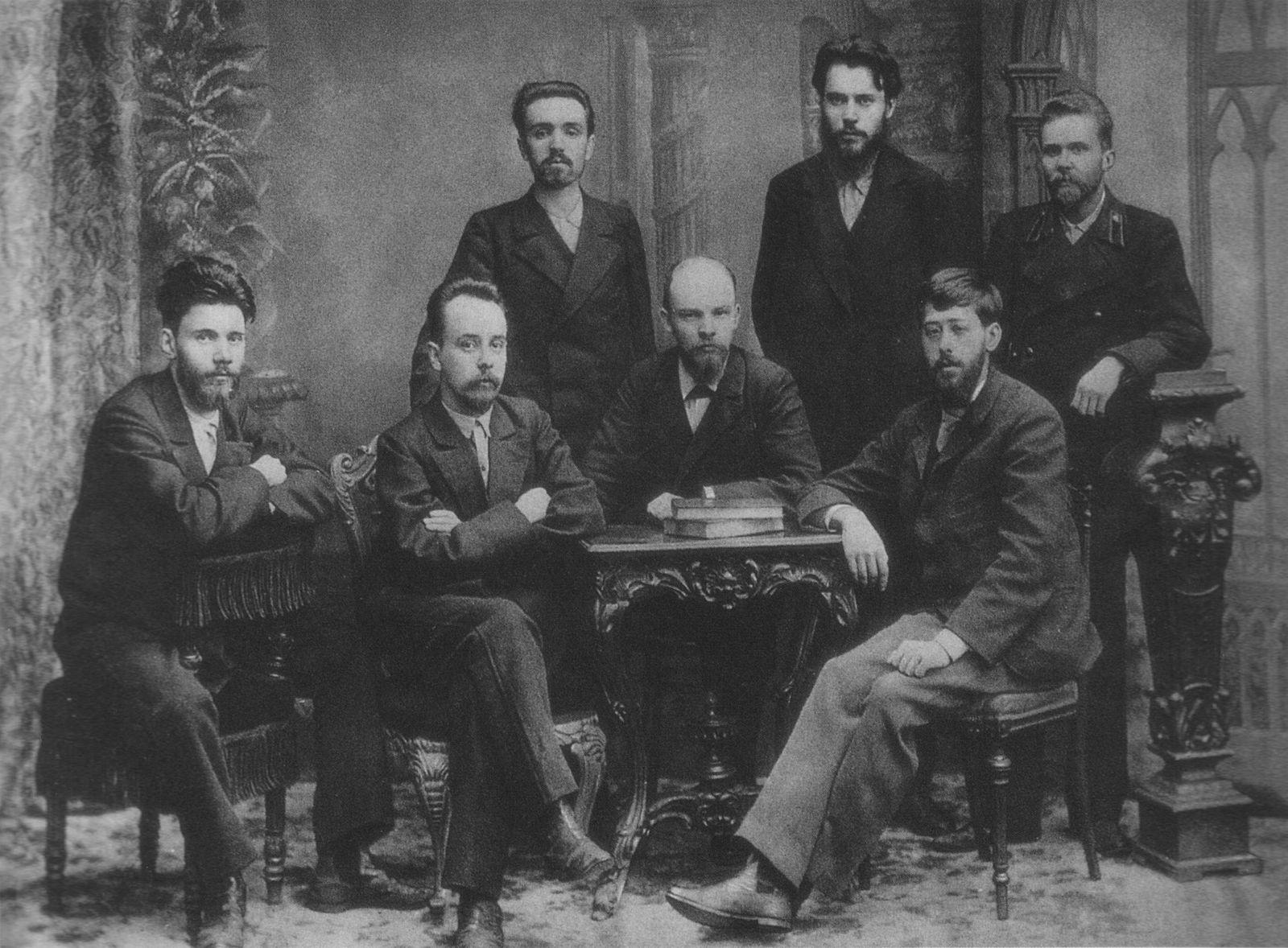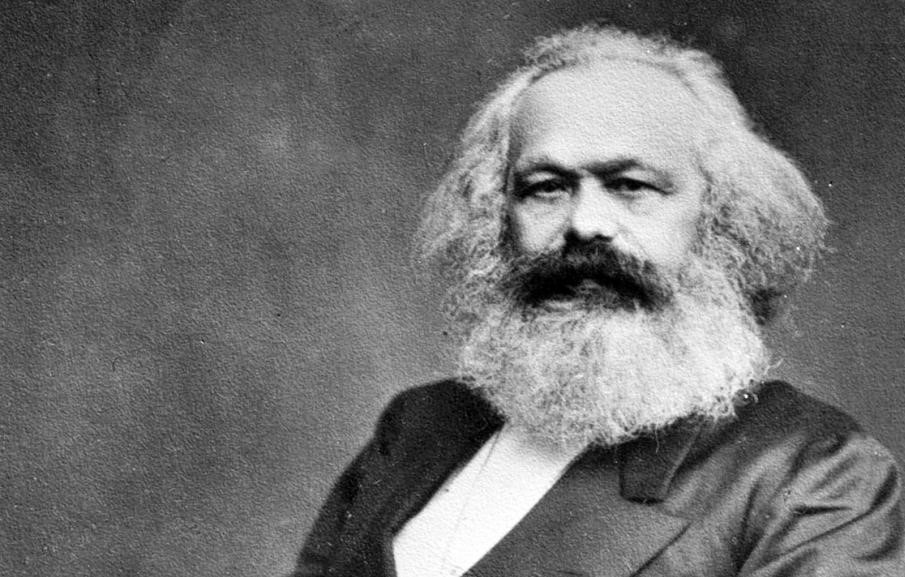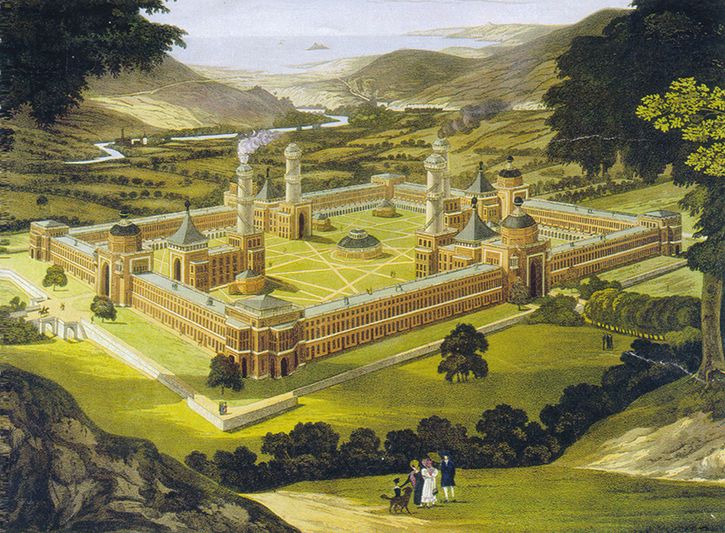Question: Which part of the immensely important book Communist Manifesto gets the least amount of attention? and why?
Answer: It’s the third chapter, titled “Socialist and Communist Literature,” which is a critique of former and existing types of socialism as studied by Karl Marx and Friedrich Engels. They presented their criticism as a proof that their version of communism, the revolutionary kind, was the way forward in their view. The reason this chapter is often disregarded is because most of its information is outdated, relevant only within its historical and geographical context. However, it contains a clue for the reader on why the last century did not witness communist uprisings in Western countries. Here is a summary of that chapter, from the authors’ perspective:
1. Reactionary Socialism
A. Feudal Socialism: They advocate a return to feudalist socialism. They criticize the bourgeoisie not out of concern for the suffering of the working class but to avoid their upcoming revolution. Feudal aristocrats fail to recognize that they once were exploiters too or that history has moved on beyond their system. The also fail to understand that the bourgeoisie is their offspring, just like the proletariat is the offspring of the bourgeoisie. Another backward-looking socialism which flourished under the feudalists is the religious kind (Christian asceticism). Its sole purpose was to encourage believers to deny their own needs and tolerate suffering, all with the approval of the aristocracy.
B. Petty-Bourgeois Socialism: Their economic conditions place them between the bourgeois and proletariat. They know over time they’re being dragged towards the proletariat hence they look towards the past for solutions to their exploitation but reject revolutionary change.
C. German Socialism: This criticism is aimed at philosophers who expropriated the ideals of the French revolution and adapted them to the German society. Their calls was to to improve the conditions of the poor without making class distinctions. Theirs were general appeals which did not last beyond the revolutions of 1848. Their rejection of class struggle make them reactionary.
2. Conservative or Bourgeois Socialism
There were always some in the ruling class who advocated the causes of the working class. They understood that social reform would make a revolution less likely, similar to the Petty-Bourgeois Socialists above. A major problem of such social reforms is that they’re authored by those among the bourgeoisie, rather than the workers. Social and economic reforms are forms of deception by the capitalists to prevent politcal reform, i.e. revolution, from taking place. This kind of socialism keeps the bourgeois protected while the proletariat placated.
3. Critical-Utopian Socialism and Communism
The Utopian Socialists did not see the proletarian class as revolutionary. Or perhaps they saw their potential for an uprising but they preferred peaceful solutions. Instead of supporting the struggle, they took their followers into small egalitarian communities, hence they’re called communists. Those were the followers of Saint-Simon, Robert Owen and Charles Fourier. They failed to understand that a solution to the workers’ exploitation has to be political and revolutionary, and also encompassing of the whole working class, rather than few followers. That’s why utopian experiments were always doomed to fail.
It’s hard to argue against the fact that Marxism was inspiring and successful for a period of time. But right in the document that laid its foundations, we could find one of its greatest flaws: While communism emerged in many barely industrial countries during the 20th century, Western governments were able to put the brakes on it by exercising the second type of socialism mentioned above, “Bourgeois Socialism.” Karl Marx failed to understand the effect of social reform on the spread of communism. That type of “socialist” reform never ceased into the 21st century and it’s the pillar behind the so-called welfare state. Indeed, capitalism proved to be more flexible and ingenious than Marx had ever imagined.
You might also like:

What does the Communist Manifesto actually say?
Why The Communist Manifesto is one of the most controversial books of all time? Read the revolutionary and controversial words
BOOK: THE COMMUNIST MANIFESTO

The Communist Manifesto in 35 historical photos
The book that inspired revolutions globally brought to life in 35 historical photos
BOOK: THE COMMUNIST MANIFESTO





